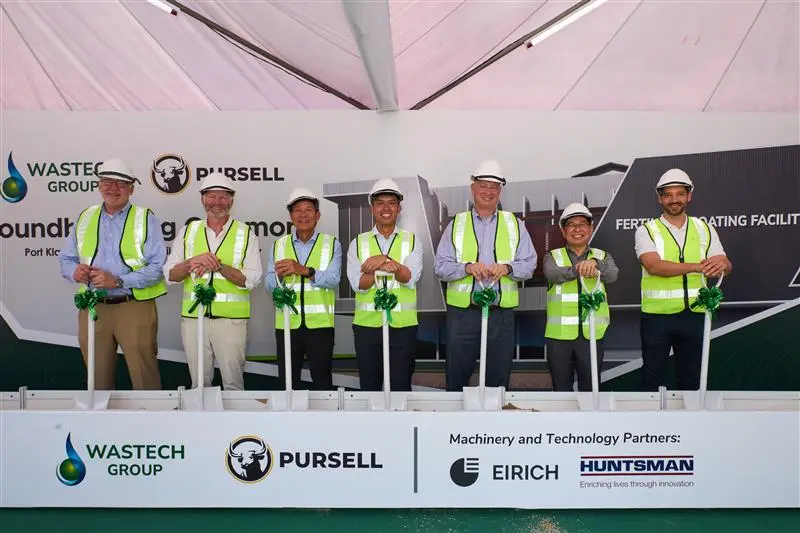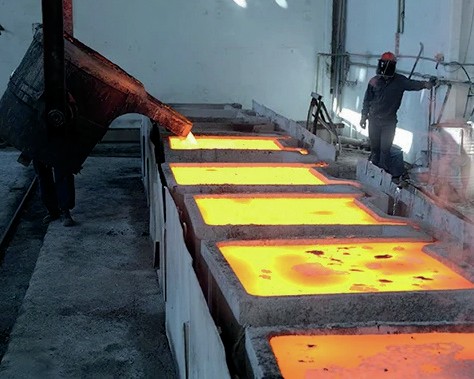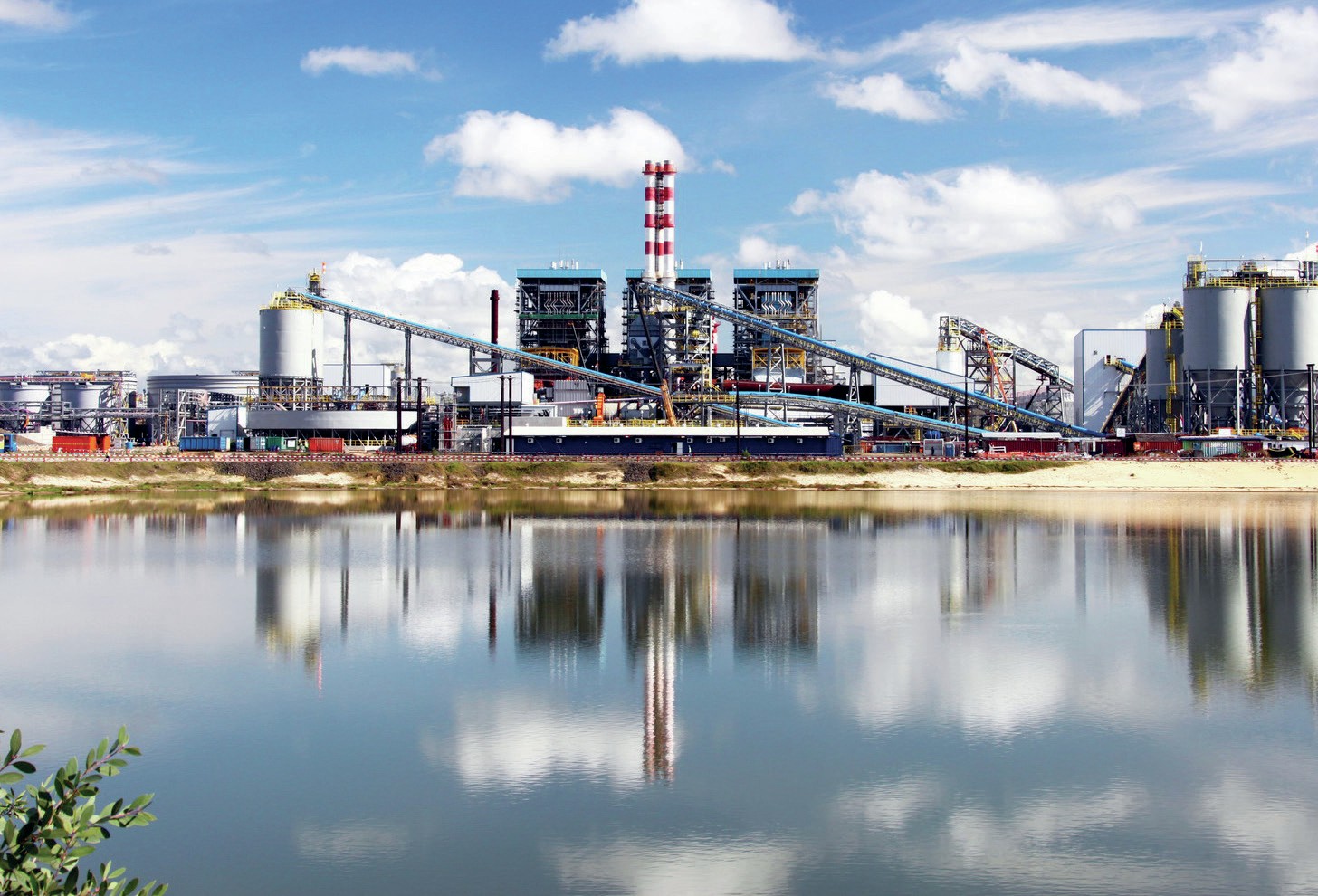Sulphur 399 Mar-Apr 2022
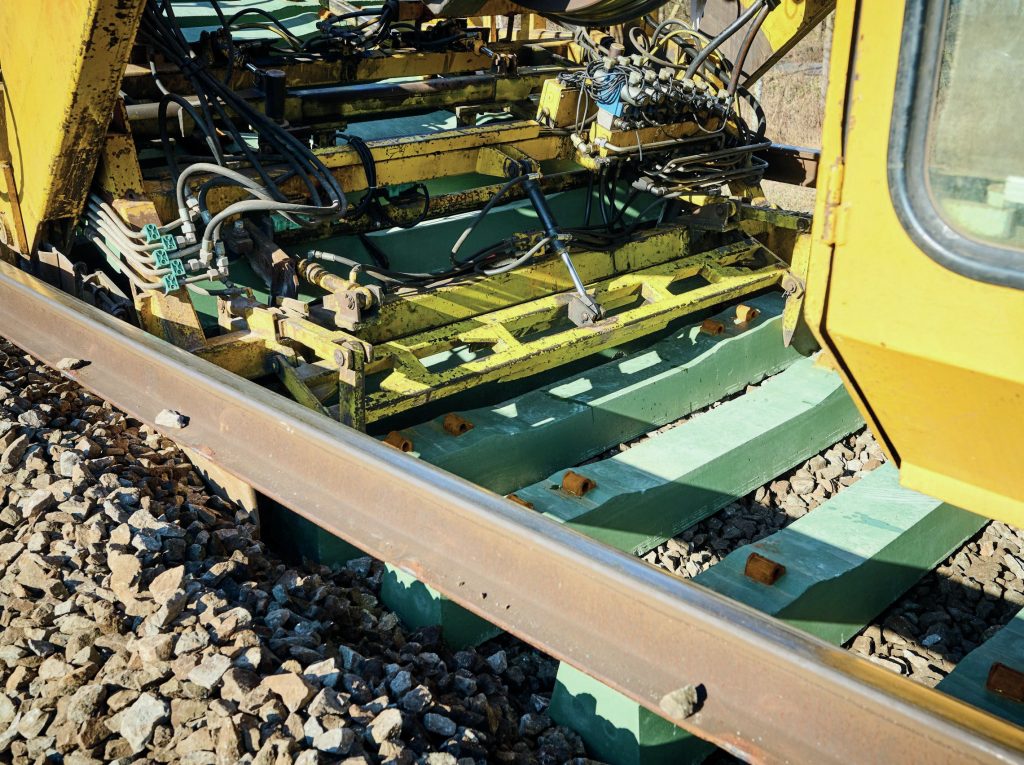
31 March 2022
Sulphur Industry News Roundup
Widespread economic fallout from Ukraine conflict
Russia’s invasion of Ukraine, the consequent sanctions imposed by European and North American countries, and fears over further sanctions and a widening of the conflict have had sent a systemic shock through the world trading system. Stock markets dropped sharply, and the Russian rouble lost 30% of its value. The most immediate short and medium term impact is likely to come from Russian banks being cut off from the SWIFT international payment system, making exports of commodities more difficult, although no direct restrictions or embargos have been imposed on Russian products as of time of writing.
Oil prices jumped, trading around $100/barrel for Brent Crude; Russia accounts for about 10% of global oil supply, and oil markets remain tight. ‘OPEC+’ – a coordinating body consisting of Organisation of Petroleum Exporting Countries members with Russia and her allies – were expected to confirm plans to raise output by 400,000 bbl/d from April, but have not been able to meet existing quotas, running at an estimate 970,000 bbl/d below existing quotas. The group is forecasting an oil market surplus down to 1.1 million bbl/d for 2022. European gas prices also jumped; Russia supplies 40% of Europe’s gas, rising to 50% for Germany and almost 100% for Hungary. There were also indications of longer term dislocations. BP announced that it would be selling its 19.75% stake in state-owned Russian oil giant Rosneft.
BELGIUM
Sulphur concrete railway sleepers for Infrabel
Concrete manufacturer De Bonte says that it has been contracted to supply 200,000 railway sleepers for the Belgian state rail maintenance company Infrabel. The company says that the sleepers will be manufactured from sulphur concrete, which emits 40% less carbon dioxide than traditional concrete. The process replaces cement and water with sulphur as a binding agent, mixing it directly with the granules. This avoids the energy-intensive process of converting limestone into cement, and allows the process to be operated at 140°C – sufficient to melt the sulphur for casting – whereas traditional cement production requires temperatures up to 1,400°C, hence the higher CO 2 penalty. The sulphur concrete is projected to last up to 40-50 years, and is said to have a resistance to dynamic train loads at least as good as that of traditional cement-based concrete sleepers. Sulphur concrete is also less porous than conventional concrete, and hence less susceptible to water penetration. It is also recyclable – the material can be melted and hardened again and again.
De Bonte says that this is a ”real revolution”, and the first large scale use of the material in the rail sector. The sleepers will be produced at a site in Baudour near Saint-Ghislain, in Belgium’s Wallonia region, in cooperation with De Bonte’s Research and Development Centre in Laakdal, Antwerp. De Bonte bought the 100,000 m 2 Baudour site in 2017 and spent e14 million on refurbishing buildings and installing two production lines for sulphur concrete products: sleepers and sewer pipes. The company says that its ambition is to market sulphur concrete and its applications globally, and that it is in talks with France and the Netherlands for orders of the sulphur concrete sleepers. Other potential applications include platform edges.
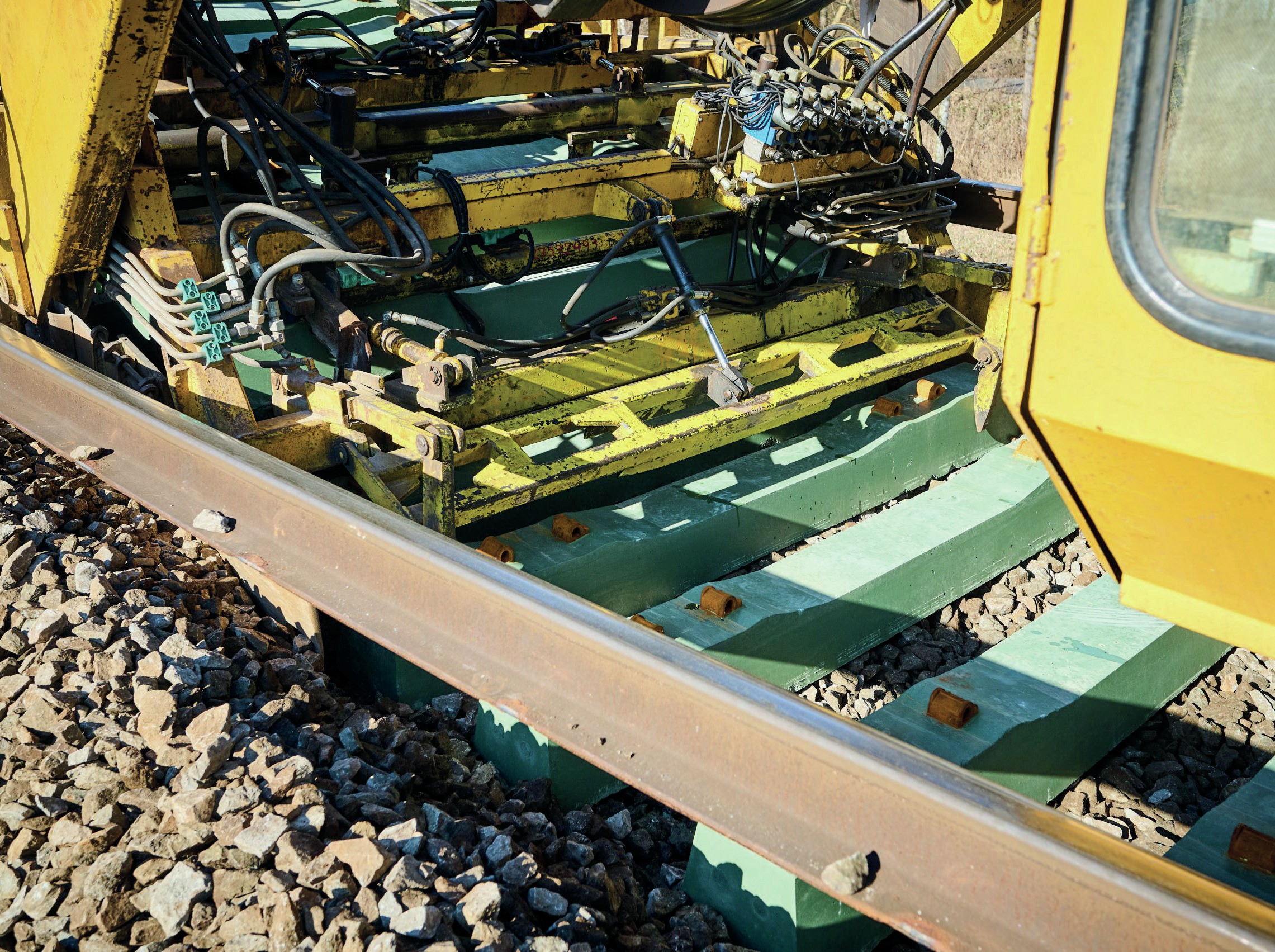
UNITED ARAB EMIRATES
Partnership for process equipment supply
The Gulf-based Petronash Group, an engineering solutions provider to the energy industry, has announced a strategic partnership with Canada’s ALCO Gas and Oil Production Equipment to design, build, and deliver processing equipment for the oil and gas industry in the Middle East and North Africa region. Petronash established in 2000, provides design, manufacturing, installation and services of engineered packaged equipment, with manufacturing facilities in the UAE, Saudi Arabia and India.
ALCO supplies packaged natural gas facilities including, carbon capture, flare gas recovery, sulphur recovery, dewpoint control, amine sweetening, HC fractionation, molecular sieve, glycol dehydration and inlet separation.
INDIA
Gas treatment market to grow at 6% over next five years
Indian consultancy company IndustryARC forecasts that the gas treatment market is forecast to reach $3.8 billion by 2026, after growing at an average annual growth rate of 5.8% during 2021-2026, in spite of the impact of the covid-19 pandemic. Amines represent that largest share of the market for CO2 and H2 S removal in petrochemical plants, natural gas processing plants, and refineries. The growing adoption of acid gas removal is due to the increasing use of natural gas as a cleaner source for electricity generation in countries such as China, India, Malaysia, and Indonesia. Regionally, Asia represents the largest market, with a share of 38%, due to the increasing oil and gas industry and government initiatives in Asian countries such as India, China, Japan, and others. The Indian government alone plans to invest about $102 billion on oil and gas infrastructure over the next five years, including increasing the country’s LNG re-gasification capacity from 42.5 million t/a to 70 million t/a by 2030 and 100 million t/a by 2040. China’s natural gas consumption rose to 10.8 trillion cubic feet in 2019 and gas’ share of Chinese energy consumption is expected to rise to 14% by 2030. Elsewhere, Canadian oil and gas companies invested C$27.3 billion in 2021 and US natural gas production will rise to 384.9 billion cubic meters (bcm).
MALAYSIA
Carbon capture to form part of sour gas project
Malaysia’s Petronas says that its first carbon capture and storage (CCS) project, Kaswali Phase 2, will be up and running in 2025, and its second in 2026. Kaswari 2 is being touted as the largest CCS project in the world, with 4 million t/a of CO2 to be captured over the project’s anticipated 20 year operating life. CO2 extracted and compressed from the project will be piped 135 km to the M1 field, where it will be reinjected into a depleted reservoir. Petronas says that it will use its Cryomin cryogenic CO2 recovery technology for the project, as well as PN2 hollow fibre membranes for the lines, and corrosion prediction software for supercritical CO2.
Next up will be the Lang Lebah offshore field, which has reserves of 5 tcf of gas. Gas process from Lang Lebah will include H2 S removal at an onshore processing plant, OGP2, with the CO2 then being piped back offshore for injection at the depleted Golok field. Lang Lebah will be one of the key projects for the Sarawak Integrated Sour Gas Evacuation System (SISGES), which Petronas said will be a catalyst for the monetisation of high contaminant fields in the state of Sarawak.
Malaysia says it has identified up to 46 tcf of carbon dioxide storage potential in 16 sites, offshore Sarawak and Peninsular Malaysia. It will offer some of them to third parties, hoping to establish Malaysia as a regional CCS hub. Petronas has already signed memoranda of understanding with companies such as Shell, ExxonMobil, Cosco and Japex to explore possibilities and opportunities to provide CO2 storage solutions for Malaysia and the region.
RUSSIA
SRU for new refinery
In January Maire Tecnimont announced that it had signed an EPC contract via its subsidiaries Tecnimont and MT Russia with Rosneft for the implementation of a vacuum gasoil hydrocracking complex at the Ryazan Refining Company, 200 km southeast of Moscow. The overall contract was valued at approximately e1.1 billion. However, even at the time Tecnimont noted that the contract was subject to financial closure and other “certain conditions”, and that project duration had not been formally set as yet. The likelihood of the project proceeding in the light of the recent raft of financial sanctions announced against Russia seems remote.
The scope of work was envisaged to entail the design, supply of equipment and materials, construction, start-up and commissioning, and project finance services for the 40,000 bbl/d hydrocracking complex, intended to bring it up to Euro-5 standards, and would include hydrocracking units, hydrogen production, sulphur recovery units, and offsite facilities.


